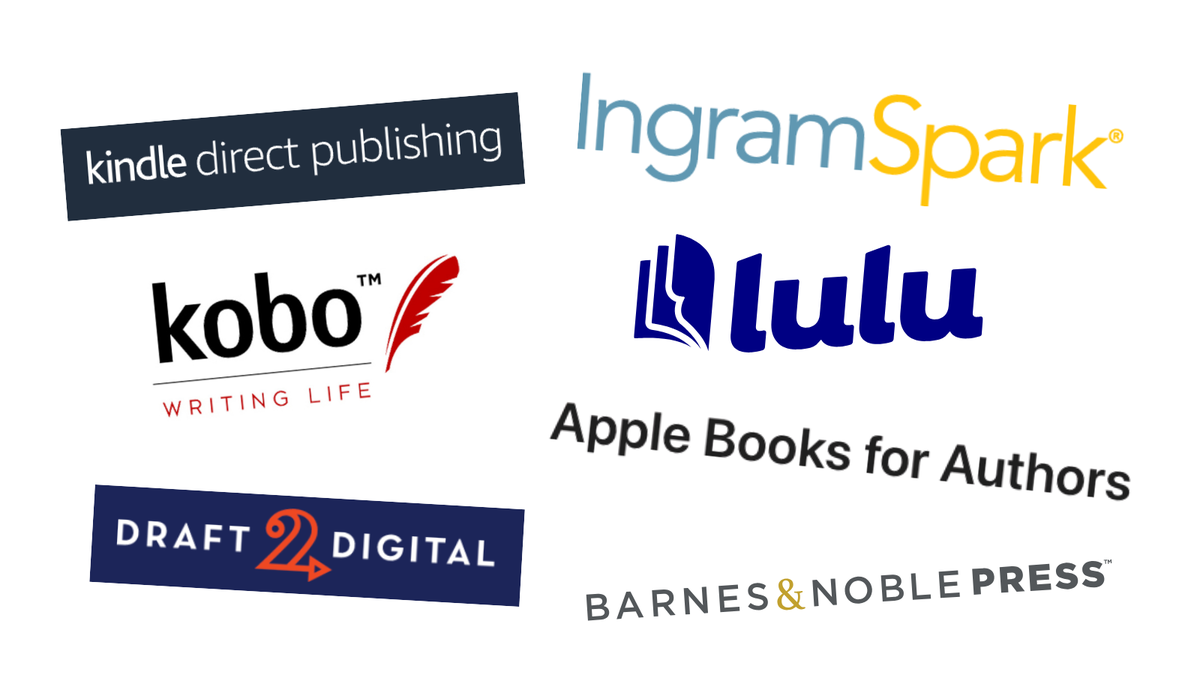
18th October, 2023
6 min read
The Secrets to a Successful Book Title
Written by:
Hannah Cather
To say that the four words on a front cover work as hard as the 70,000 words inside a book is extreme, but it’s also true. A book title is important and it is powerful. It’s one of the first things a potential reader will see and one of the first incentives they have into making the purchase. Done right, a successful book title is a hugely useful marketing tool, so you, as an author, should put both time and effort into getting the title just right.
There’s certainly an art to doing so – squeezing everything about the book into a handful of words. You’re the best person for the job, but, to help, here are some useful nuggets to consider.
A Successful Book Title Should Be… Short and Simple
Firstly, and perhaps most importantly, keep it short. Simplicity is key. Whatever the writing style or genre, more isn’t more. Instead, more can be confusing and convoluted. There’s no need to be too clever. Take the recent release by Yomi Adegoke and its glorious title, The List. It’s short and simple, and super evocative – the reader is left asking, what’s the list? What or who is on the list, and why is the list important? Who even made the damn list? Questions! Answered only by picking the book up and reading it.
And going even shorter, another option is to make the title one word. A single, packs-a-punch, lonely-in-a-good-way word. Take It by Stephen King, which is vague, ominous and non-human, all at once. Or Ian McEwan’s Atonement – atoning for what, and for why?
Long can sometimes be good. I’ve always loved Elizabeth Smart’s, By Grand Central Station I Sat Down and Wept, and there’s no denying the runaway success of Jonasson’s The Hundred-Year-Old Man Who Climbed Out of a Window and Disappeared. However, I would say these are the exceptions to the rule. On the whole, keep it short and you’ll be sweet.
A Successful Book Title Should… Give Enough but Not Too Much
A title needs to ‘say’ enough to create interest, but not ‘too much’. It’s a fine balance. You’ve cracked it if the reader has questions but hasn’t guessed the plot. Entice them in, pique their intrigue and make it so that the next step has to be turning to page one. A fine example of this is an all-time favourite book title of mine – The Dud Avocado by Elaine Dundy. It’s genius because it creates questions galore, and gives but not generously. Who or what is the ‘avocado’ and why are they a ‘dud’? Likewise, 1984 and Brave New World invite intrigue – what is the relevance of the year? Where and what is the new world?
However, the balance is not giving too much away. One way of doing this is by making sure that your book title isn’t too literal (Three Men in a Boat / The Girl on the Train vibes). Also, under no circumstances must you reveal the ending. For example, what do you think happens to the characters in Agatha Christie’s And Then There Were None or Adam Silvera’s They Both Die at the End? Or can you possibly guess the plot of Around the World in Eighty Days? If the reader already knows what’s going to happen, there’s less of an urgency to buy the book.
A Successful Book Title Should… Slap a Name On It
If in doubt, put a character’s name on the front. It’s an age-old device that usually does the trick because it’s a double-whammy winning formula of being intrigue-inducing but also short. The one-word name drop is a thing of power – look at Austen’s Emma, du Maurier’s Rebecca and Williams’ Stoner. Likewise, though slightly less impactful, there’s David Copperfield, Anna Karenina and Jane Eyre. Another way of using a name is to put it into a phrase, such as Eleanor Oliphant is Completely Fine and The Picture of Dorian Gray. Doing a name-drop title highlights the character as one of interest and the reader is drawn in to find out why.
A Successful Book Title Should… Redraft on Repeat
It’s not just your full manuscript that needs a redraft, so does your title. Have a go at it, try different ideas, rework it and then do it again. It comes back to the fact that those few words sitting pretty on the cover work as hard as the 70k behind it, and if you’ve treated the latter to a copy-edit and a proof read, the least you can do for the book title is trial a few different ideas
The necessity of this becomes clear below. Take a look at the famous titles and their original versions. Thank goodness for redrafts!
- The Great Gatsby used to be: Trimalchio in West Egg.
- Of Mice and Men used to be: Something That Happened.
- Gone with the Wind used to be: Bugles Sang True.
A Successful Book Title Should… Be Provocative
One book that comes to mind here is Bella Mackie’s 2021 bestseller, How To Kill Your Family. Titles like this provoke reactions, outrage, curiosity and many, many questions. It’s a marketing dream because it’s a surefire way to spark interest, get a title out there and make people buy, buy, buy. In a similar vein, Jennette McCurdy’s memoir I’m Glad My Mom Died is outrageously evocative.
But you don’t need to be quite so dramatic. Surrounded by Idiots, Sarah Silverman’s Bedwetter: Stories of Courage, Redemption and Pee as well as Price and Prejudice and Zombies – which has the further audacity to be credited on the cover as being written by Seth Grahame-Smith and Jane Austen – are all talking points. And points mean prizes (i.e. sales).
A Successful Book Title Knows… The Look is Important, Too
In the world of books, forget every cliché: looks do matter and covers do get judged. It’s another reason why choosing the right title is so important. A typical book cover has to fit the title on, some kind of imagery/illustration and the author's name – at the very minimum. It comes down to logistics. Short almost always works best because it allows more space for the other elements – you don’t want a cover that looks busy or overbearing. Give it space to breathe. Be economical, not OTT.
There’s so much to be said about creating a successful book title. We’ve not even mentioned the debate of whether to subtitle or not to subtitle (yes for non-fiction, forget it for fiction), or whether it’s good to follow trends (no) or use quotes from the book, like Where the Crawdads Sing (yes). But some final takeaways would be to make it short and simple, make it memorable (alliteration is good because a nice-sounding title sticks in the mind) and make the reader ask questions. Give enough but not too much. The book title is an invitation to the rest of the book and the key to getting someone to pick it up. So, take time to find a good title. Your book will thank you for it.
Here at Troubador, we have brilliant in-house services for everything to do with cover design, book design and title styles, as well as production, marketing and editorial services, to advise and assist in making your cover (and title) the best it can be.











